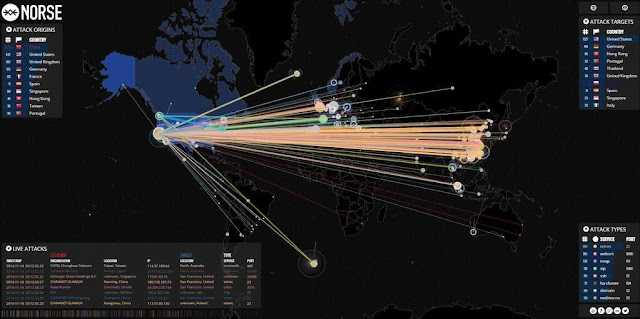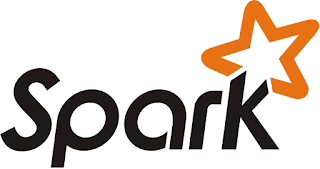DDoS and DoS Attacks and Tools - Part 2

In this we will go through the rest of the DoS attack types from the previous blog post. I n the latter part we will get to know few infamous DoS attack tools. Please note that how you use these is at you own risk and make sure you always adhere to laws from your governing body. Attacks Targeting Server Resources In this type attacks the attacker will try to use as mush as server resources so that the server can't handle legitimate requests any more. This type of attacks will target servers memory, buffers and other resources. Attacker will exploit a weakness in communication protocol. There are attacks in this category which can result server to crash or otherwise require a manual reboot to come alive again. Server can be normal server or a state-full device like firewall or intrusion-detection system. TCP/IP Weakness This is a connection-oriented protocol. One of main consents behind this protocol is that the three way handshake. which uses flag bit...


